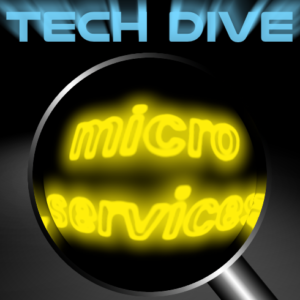0
Google beefs Linux up kernel defenses in Android
Future versions of Android will be more resilient to exploits thanks to developers' efforts to integrate the latest Linux kernel defenses into the operating system. Android's security model relies heavily on the Linux kernel that sits at its core. As such, Android developers have always been interested in adding new security features that are intended to prevent potentially malicious code from reaching the kernel, which is the most privileged area of the operating system. One older example is Security Enhancements for Android (SEAndroid), a set of kernel add-ons and tools that make exploitation of certain vulnerabilities harder by enforcing access controls.To read this article in full or to leave a comment, please click here
 Another bauble to dangle in front of developers.
Another bauble to dangle in front of developers.

